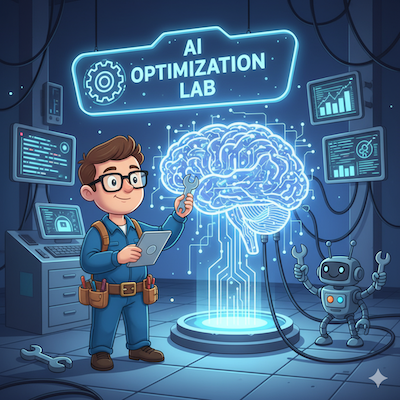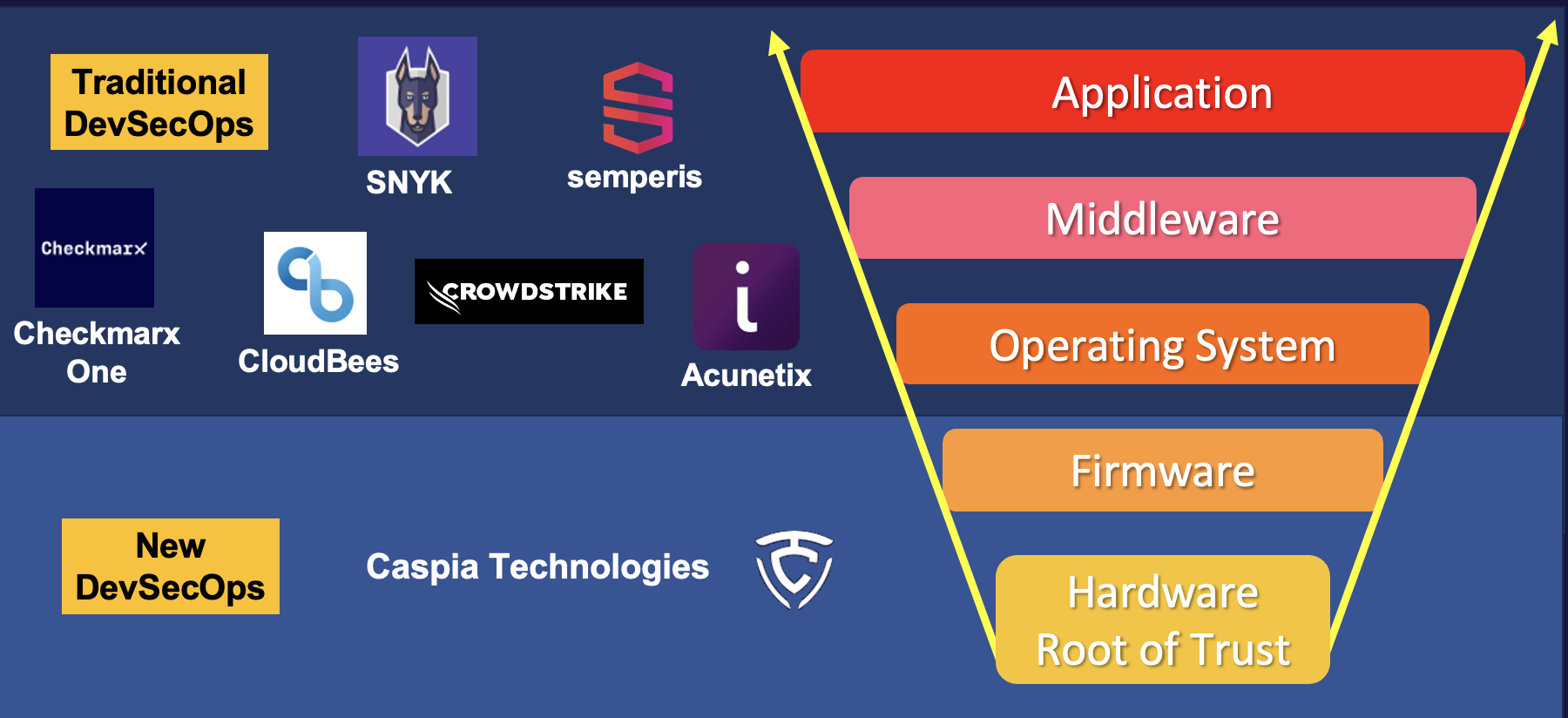This webinar will introduce Time-Sensitive Networking (TSN) and unveil how TSN can provide value in aviation, aerospace and defence.
TSN is a new set of standard extensions based on the IEEE 802.1 and IEEE 802.3 Ethernet standards. It is designed to provide deterministic guarantees on Quality of Service (QoS) metrics and reliability… Read More
Large language model (LLM) processing dominates many AI discussions today. The broad, rapid adoption of any application often brings an urgent need for scalability. GPU devotees are discovering that where one GPU may execute an LLM well, interconnecting many GPUs often doesn’t scale as hoped since latency starts piling up with… Read More
The crystalline structure of silicon delivers the incredible capabilities that have fueled the exponential increases defined by Moore’s Law. It turns out that silicon in its purest form will fall short at times – power handling and speed are examples. In these cases, adding additional materials to the silicon can enhance its … Read More
Perforce recently hosted a webinar on “IP Lifecycle Management for Chiplet-Based SoCs”, presented by Simon Butler, the GM for the Methodics IPLM BU. The central theme was trust, for IPs as much as chiplets. How can an IP/chiplet consumer trust that what they receive has not been compromised somewhere in the value chain from initial… Read More
More than two years ago, Synopsys launched its AI-driven design space optimization (DSO.ai) capability. It is part of the company’s Synopsys.ai EDA suite, an outcome of its overarching AI initiative. Since then, DSO.ai has boosted designer productivity and has been leveraged for 270 production tape-outs. DSO.ai uses machine… Read More
Recent articles have focused much effort on studying the stochastic behavior of secondary electron exposure of EUV resists [1-4]. Here, we consider the implications of extending similar treatments to DUV lithography.
Basic Model Setup
As before, the model uses pixel-by-pixel calculations of absorbed photon dose, followed… Read More
During my research I found an interview with Don Brooks from February 2000. It was very interesting and confirmed some of the things I knew about Don and brought up a few things I did not know. It’s an hour but it is a video of Don telling his story and is definitely worth a look. One of the things that was not mentioned however is the… Read More
Dan is joined by Carl Moore, a semiconductor and yield management expert with a career spanning 40 years. Carl’s held technical management positions across product and test engineering, assembly, manufacturing, and design at established semiconductor companies. Carl is passionate about data analytics and has a reputation… Read More
Up until last December I was president and owner of IC Knowledge LLC, at the end of November, I sold IC Knowledge LLC to TechInsights. It has been interesting to become an insider at the world’s leading semiconductor reverse engineering and knowledge company. The latest SMIC N+2 analysis is an excellent example of TechInsight’s… Read More
Dan is joined by Sean Redmond, managing partner for Silicon Catalyst. Sean has nearly 40 years of experience in the semiconductor and software industries including stints at VLSI technology, Verisity Design, Cadence, ARC, and others. Sean has recently worked closely with the UK government on industrial digital strategy, co-chairing… Read More












AI RTL Generation versus AI RTL Verification